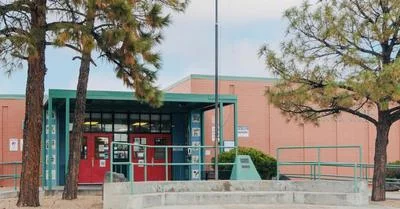Los Alamos National Laboratory has revealed that its researchers, utilizing high-performance computing clusters, have simulated the movement of methane in underground fractures. They discovered that fluctuations in atmospheric pressure could potentially release subsurface methane on Mars. This significant insight is expected to assist NASA's Curiosity rover in determining when and where to search for potential signs of life.
The study, which was published in the Journal of Geophysical Research: Planets during the week of Jan. 22, primarily focuses on addressing challenges associated with detecting signs of life on Mars. Methane, a key target for NASA's Mars missions such as Curiosity and Perseverance, is particularly difficult to detect. The research was supported by a Student Fellowship grant and used simulations to predict underground methane pulses into the atmosphere. These predictions correlate with previous rover data indicating both seasonal and daily fluctuations in methane levels, according to a press release by Los Alamos National Laboratory.
"Understanding Mars' methane variations has been highlighted by NASA's Curiosity team as the next key step towards figuring out where it comes from," said John Ortiz, a graduate student at Los Alamos National Laboratory who led the research team. "There are several challenges associated with meeting that goal, and a big one is knowing what time of a given sol (Martian day) is best for Curiosity to perform an atmospheric sampling experiment."
Ortiz further added that their work suggests several key time windows for Curiosity to collect data. "We think these offer the best chance of constraining the timing of methane fluctuations, and (hopefully) down the line bringing us closer to understanding where it comes from on Mars," he said.
Established in 1943 as part of the Manhattan Project, Los Alamos National Laboratory is located approximately 35 miles northwest of Santa Fe. It operates as a multi-program research center focusing on nuclear weapons design and production, addressing nuclear threats, and conducting national security science, technology, and engineering, according to the About webpage provided by Los Alamos National Laboratory.









